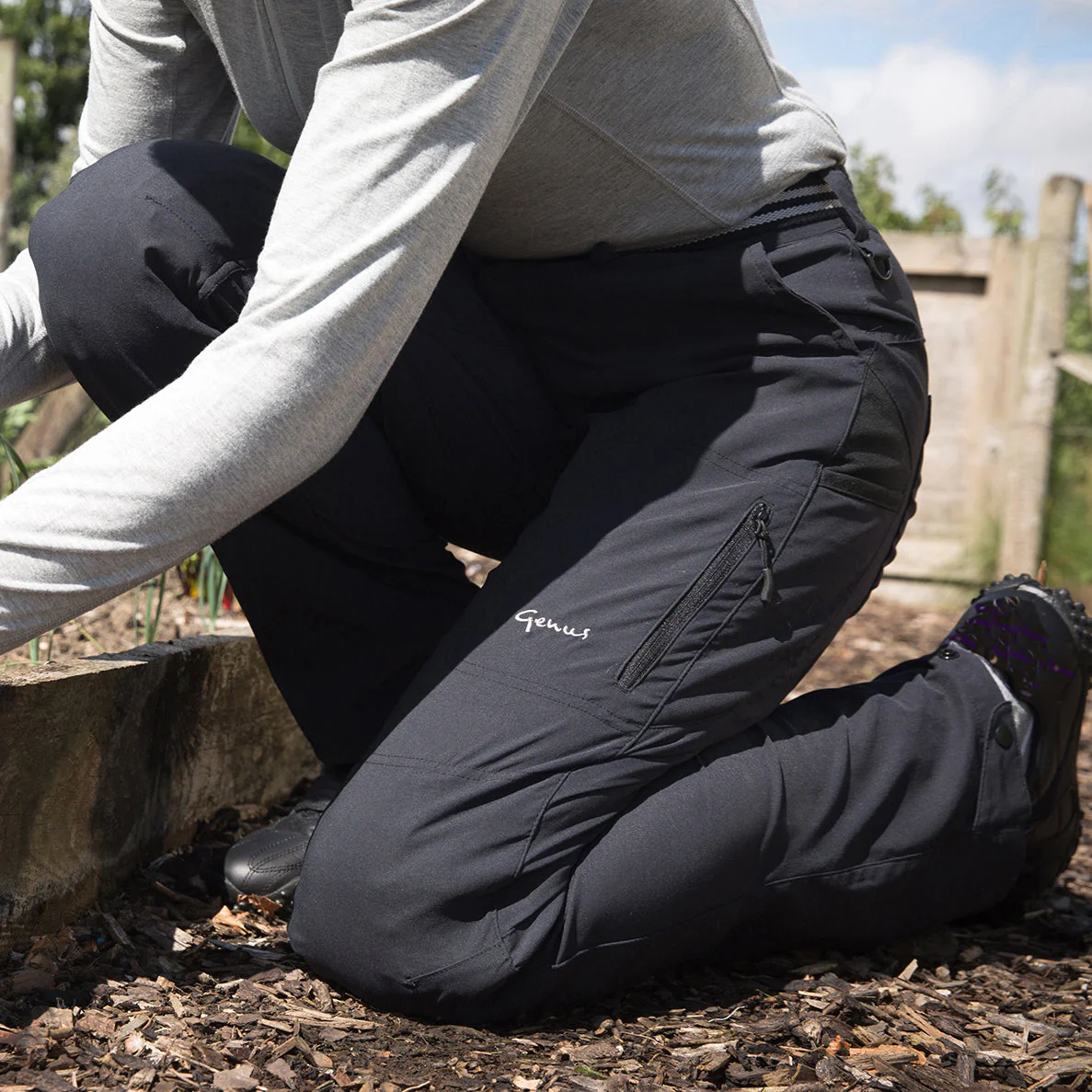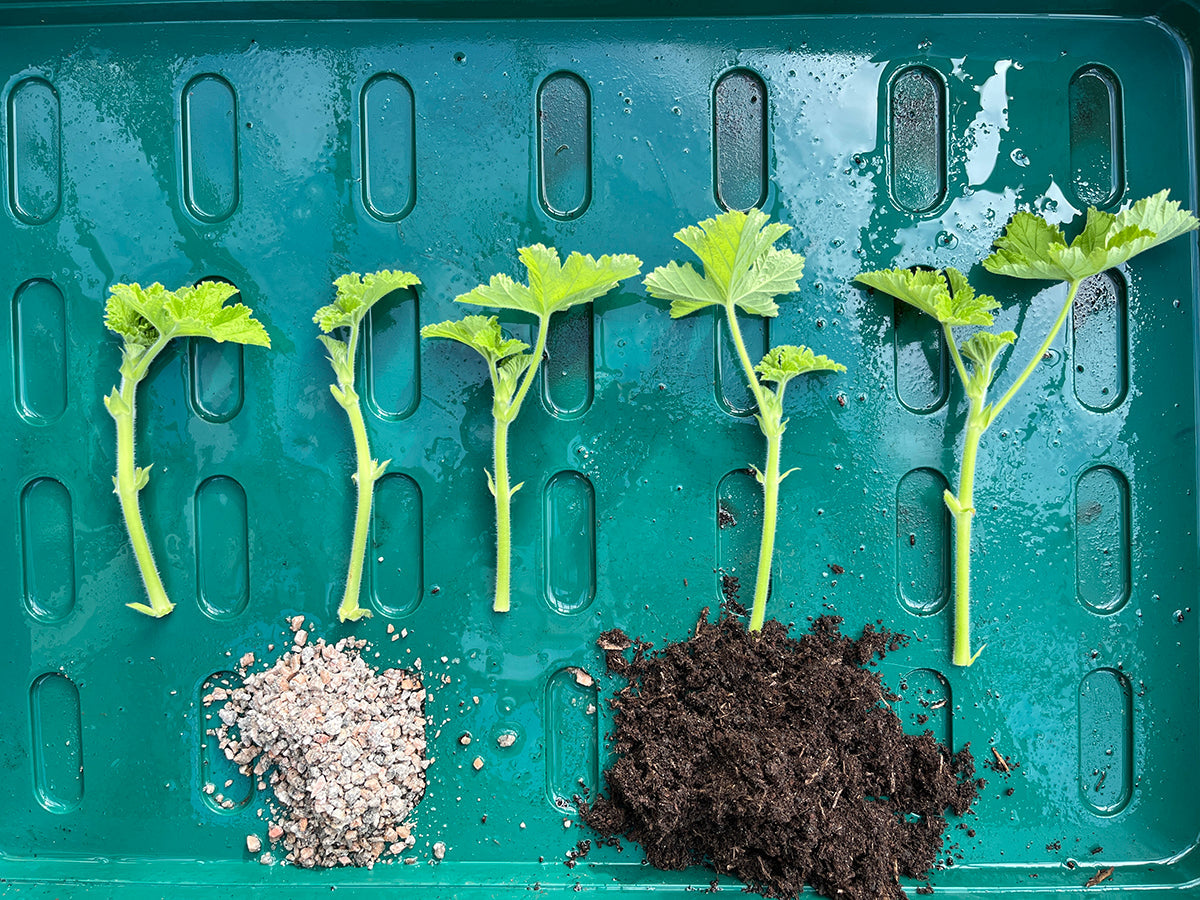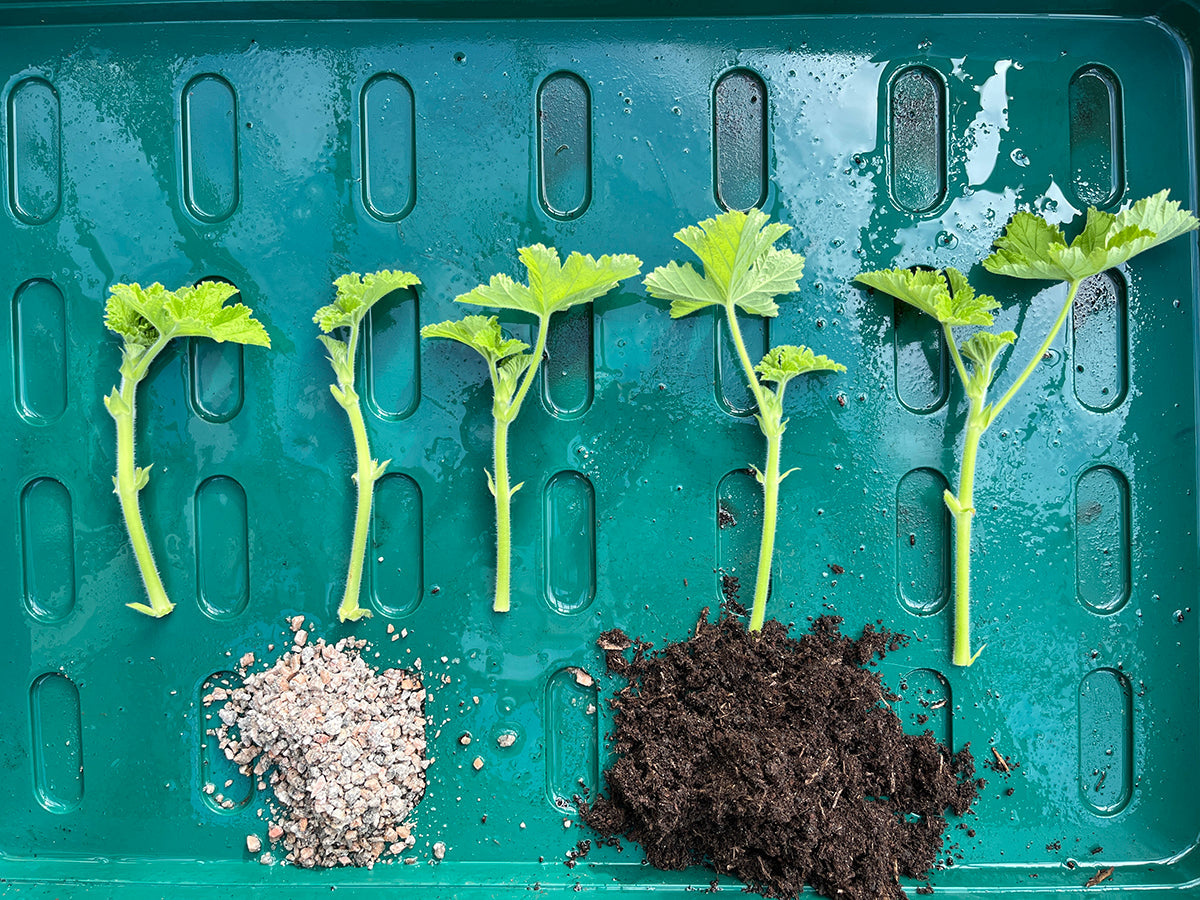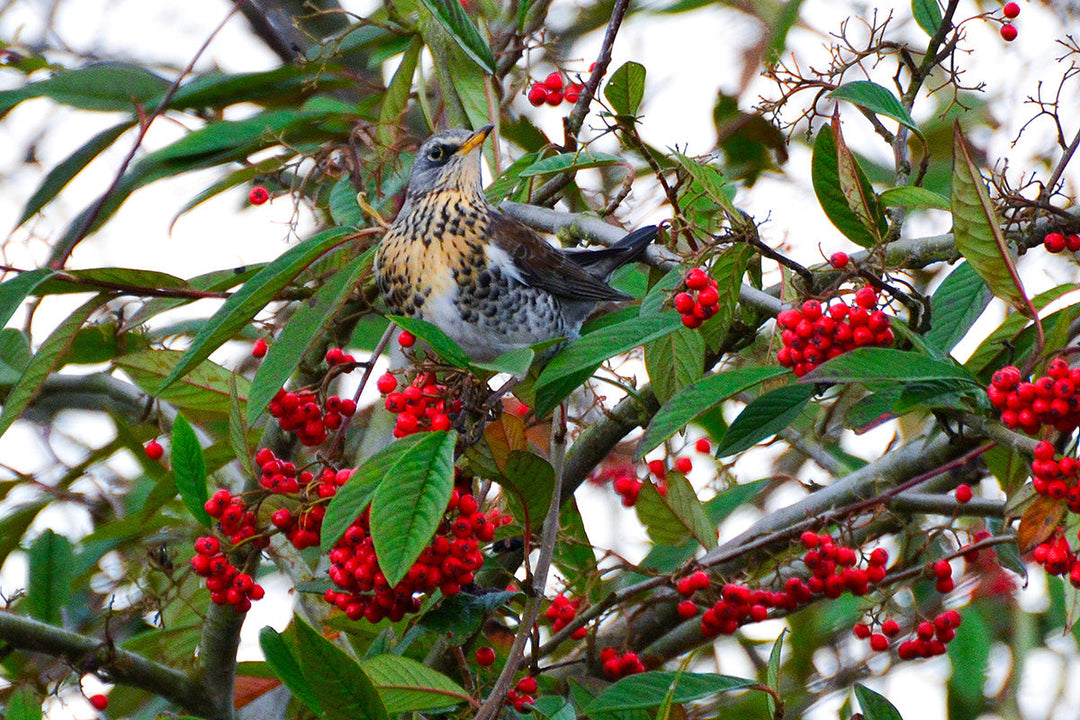Garden trends - living roofs
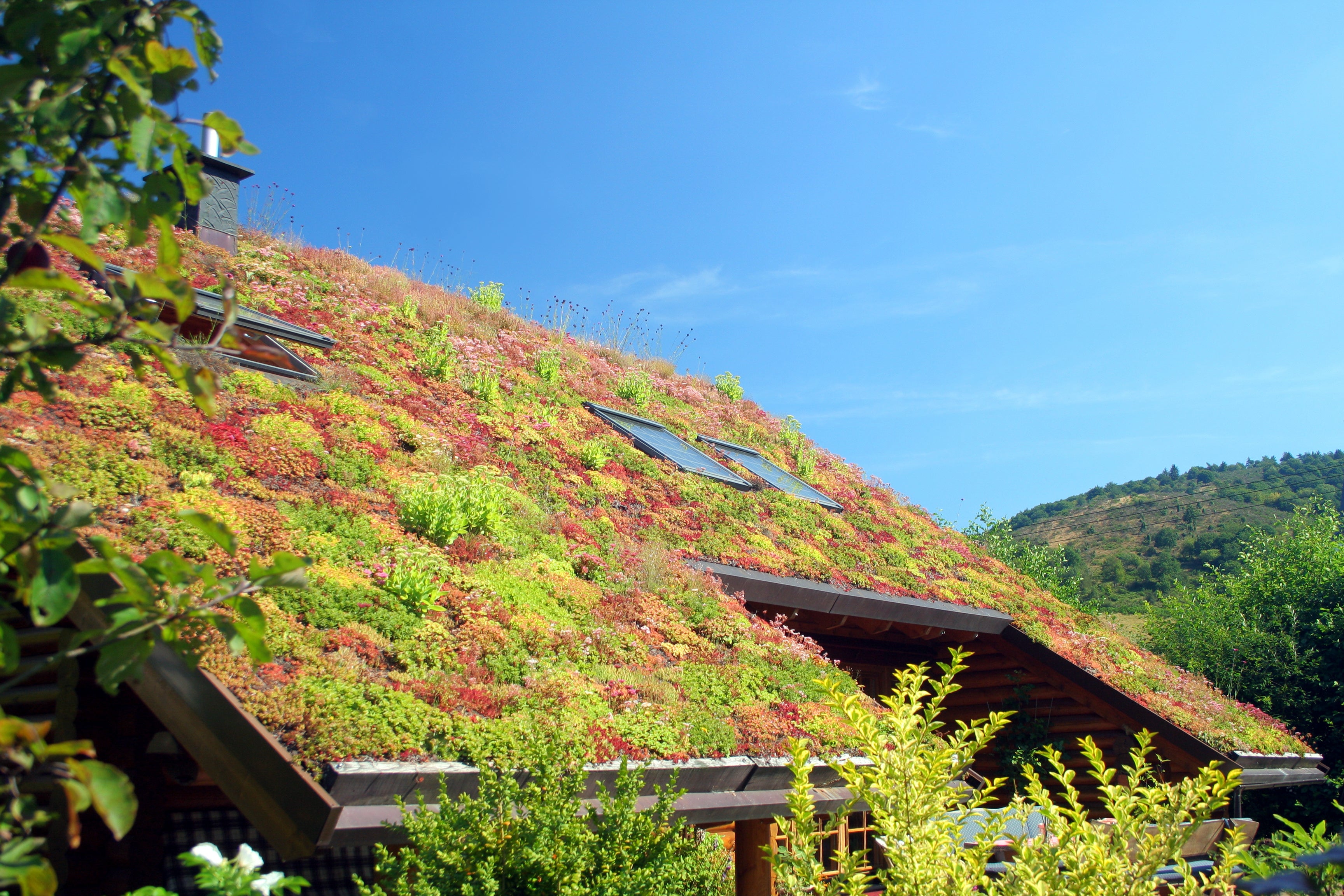
From wild flowers to sedum growing above extensions and sheds, people are increasingly realising the benefits a green roof can bring. Not only are they attractive, they also help keep buildings warm in winter and cool in summer, and attract a diverse range of wildlife.
Sedum roofs are tough, drought resistant and lighter as they don’t need much depth of soil. They produce a neat carpet of different textures and flower colour throughout the year, often taking on warm orange and red hues in autumn. The simplest option for achieving this look is using a sedum mat or you can plant out plugs individually.
Wildflowers or even sub shrubs such as lavender can also be used. The advantage is you’ll have a more diverse range of plants that will vary from year to year and throughout the seasons - and in turn attract more wildlife. But unlike sedum, they require a deeper growing medium and many wildflowers are only in flower for half of the year. Meadow planting will need to be mowed or scythed once a year in the autumn and may need watering in long hot spells - especially in the first year.
Whatever you choose, ensure the structure can withhold the weight of sodden compost – when it comes to bigger projects, consult a structural engineer for this. The basic layers needed for a living roof include a water and root proof membrane, a drainage layer and, above that, the growing medium –something mainly inorganic, lightweight and free draining. You’ll also need to consider drainage – usually holes cut into the frame of the roof - to allow water to flow onto the guttering.
Autumn is a great time to install a green roof, before it gets too chilly– or wait until spring, giving plants time to get established before the summer.


